We had three college-worthy lessons relating to cacti and succulents from Rob Wallace, professor at Iowa State University, at the Mid-States Cactus and Succulent Conference in June. And that’s how it should be, right? He is a college professor! I found the information interesting and enlightening, and while I touched on his presentation very briefly in my blogs about the conference, I didn’t get into the details much. I asked Professor Wallace if I could share his information with you in more detail. He graciously said yes, happy to share information that helps us grow these amazing plants.
Well. Now, at this point I have to tell you I have started over several times trying to share some of the knowledge he has learned and experienced with these plants for the last forty years, and finally realized- I can’t do it! What was I thinking? I should have known I couldn’t recreate the classroom environment and specifics he shared with us. So what I will do is just hit the basic high points and try to give you some things to think about when you are working with your plants.
Let me remind you that in all three of the talks I will be revisiting, when the term succulent plants come up, this refers to any plant that retains water, not just the fleshy succulents you may prefer, but also cactus with spines. Remember what I have said before: All cactus are succulents, but not all succulents are cactus. They all retain water in their bodies and roots, but cactus have areoles from which spines emerge, and the fleshy succulents don’t have spines. Succulent plants can be found all over the world, but cacti, except for one or two kinds, are indigenous only to the New World. And yes, cacti is the plural of cactus, but we all tend to use the words interchangeably.
His first presentation, Visit to Succulent Plant Habitats: What Can Be Learned for Cultivation? covered these topics in detail.
I really enjoyed the lesson on deserts and other world biomes. Look at these slides and you can see It has to do with ocean currents, latitude and longitude, and altitude, which are what create the weather conditions that cause biomes in the first place.
Cacti enthusiasts and experts travel the globe to study cactus in their native habitats to see what makes them tick and then try to keep that in mind when they try to grow those plants where they live. But they also know realistically that they can’t truly recreate all the conditions where those plants are native and thrive, despite overcoming all kinds of hardships. Temperature, rainfall, soil types, landscapes, altitude, you name it, so many factors come into play that even if these experts study these plants in their native homelands, they know there is simply no way we humans can duplicate all the details, like the heavy fogs that provide moisture for cactus in the Atacama Desert in South America, which receives less than an inch of moisture per year. So, after showing us all the science and geography that affect these plants, this is what it all comes down to: we really can’t copy everything from where that plant lives. But there are some thing we can do:
Look at that last statement-Learn from your plants!- It just takes time and experience with a variety of cacti and succulents to get the hang of it and learn from them what will help them grow. You can also study things like soils, root systems, water pH, weather conditions that affect your plants, what makes succulent plants CAM plants (a lesson in itself), plant nutrients and types of fertilizers, and different plant habitats. That’s why I go to these cactus extravaganzas. I learn something new every time.
I don’t know that I have helped much with your cactus and succulent education, but perhaps I have given you some things to think about and some topics you might want to research on your own to more fully to help you understand your plants.
And stay tuned; I am going to try again to share some things I learned from Rob Wallace about these plants that have evolved over millennia to survive and thrive where they live.
Thanks so much to Rob Wallace for allowing me to attempt to condense his years and years of study into this short, disjointed little review.
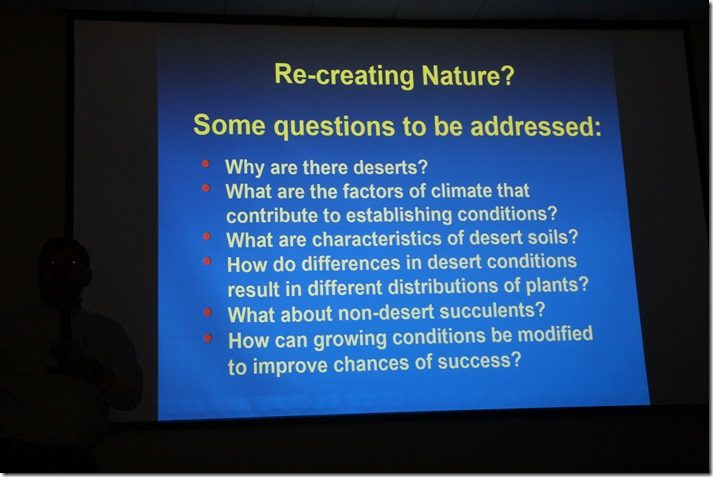
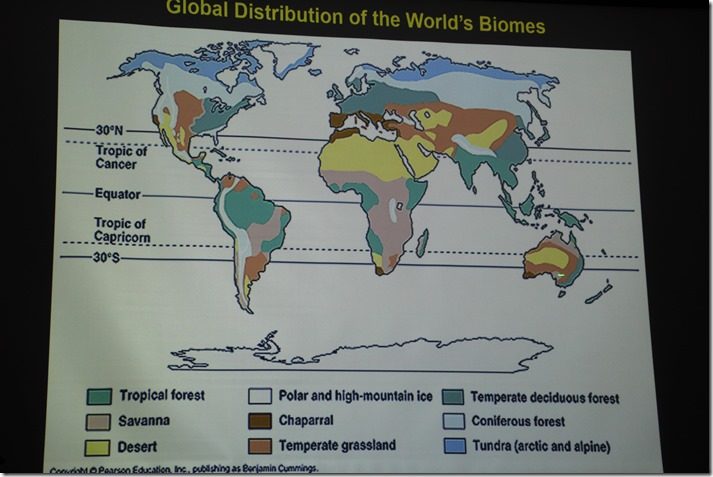
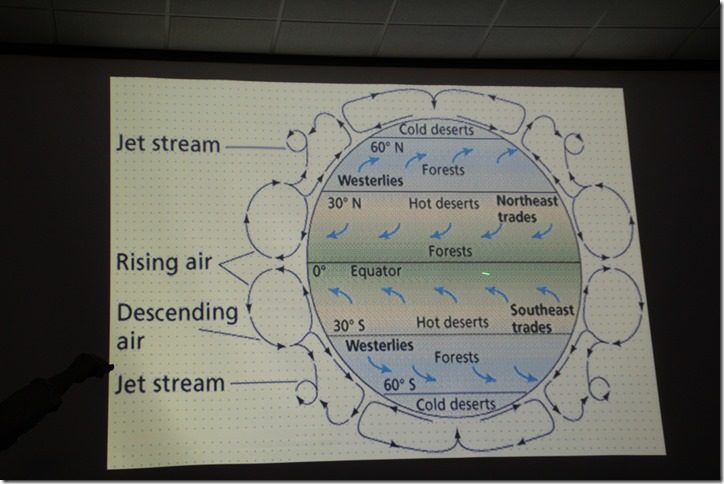
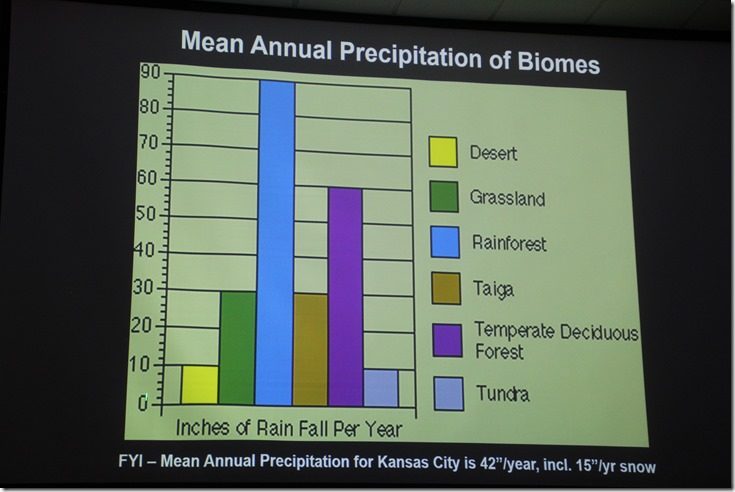
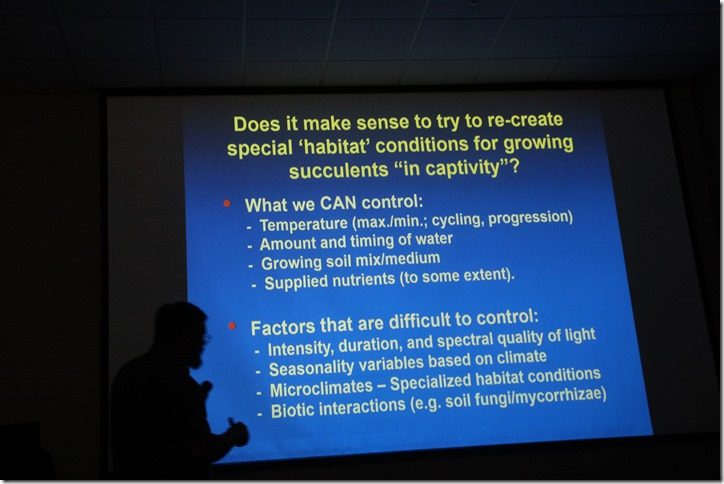
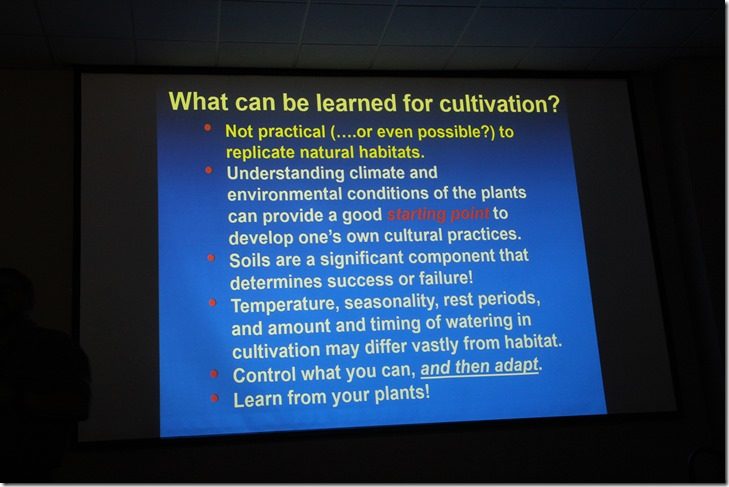
Recent Comments